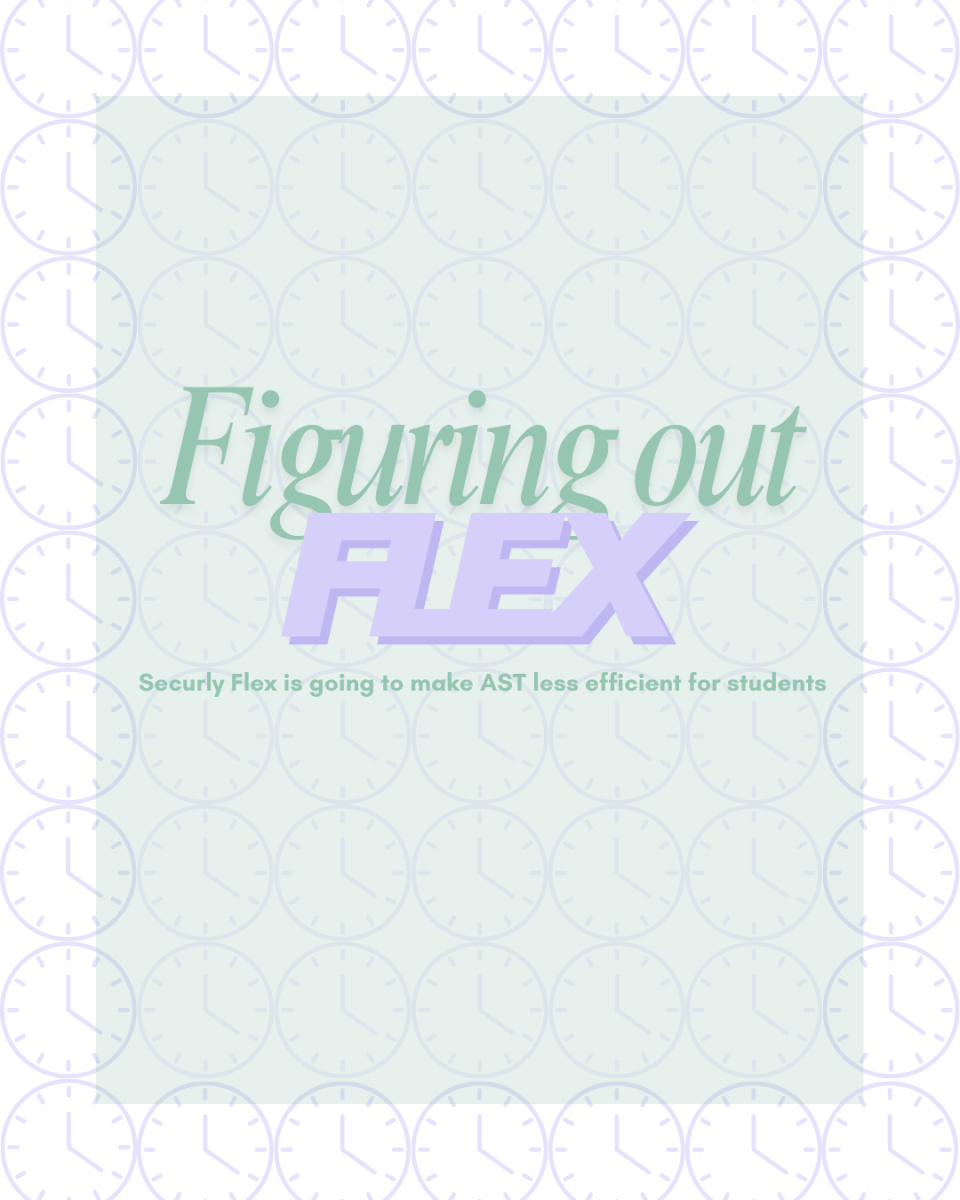If there’s one phrase I never thought I would hear a teacher say, it’s ‘Juniors — please go home. You need to leave the school building — now.’
It doesn’t make sense — but it’s true. Every Wednesday, teachers sweep up and down locker aisles after 2:20, requesting students to go home.
The administration has presented us with several options of what to do with the time between 2:20 and 2:50: students can remain in their seventh hour (which is also the only option freshmen have), they can get a pass to another teacher, or they can go home.
But what happens if a student needs to visit two different teachers and then stay until 2:50 for a sports practice or club meeting?
If that student finished their business with the two teachers they needed to visit in just 10 minutes, they then have 20 minutes in which to stress about being caught by an administrator for still being in the school building.
Excuse me, what? I don’t think it should be necessary to have a pass to move around the building after the school day is technically over. After all, isn’t that why features like the SkyBridge were built – to give kids a place to hang out?
Administrators have parroted the line that they want Southwest to be ‘a place kids want to be,’ but they’re severely limiting our options. We are forced to leave on Wednesdays, and on Thursday mornings, we’re held in the Commons.
Speaking as a Blue Valley Middle School alum (Go Cardinals!), I feel like I’m back in sixth grade.
In middle school, every morning before school, the entire student population was held in the Commons area until 7:30, because setting 11-year-olds loose in a locker pod is like a bag of popcorn, popping all over the place. When you’re that age, being under the eye of a teacher as much as possible makes sense. It’s for others’ safety as much as your own.
However, as 14-18-year-olds, I think we can handle being in the school in the mornings.
I don’t believe spit balls would be thrown, kids would be shoved into lockers or walls would be colored on (and whatever else middle school kids do). We have our faults, but please, don’t treat us like 12-year-olds. It’s offensive, and, seeing how this policy has been in place since the first week of school, it wasn’t enacted because we did something to deserve it.
If the staff of the school want us to be truly comfortable being there, the way to go about that is not by kicking us out or confining us to one area.
With all of the hustle and bustle of the school day, many students’ experiences inside 17600 Quivira are stressful and action-packed; a little downtime wouldn’t be a bad thing, and that is what Hub time (or Thursday mornings) can represent, especially to those who are required to stay until a practice starts, a freshman sibling is released or until a bus comes.
The option of staying with your seventh hour teacher on Wednesdays just isn’t realistic. Due to the block class time, a majority of teachers give tests or quizzes on block day, in order to give students more time to work.
After 87 minutes with your seventh hour teacher, most likely after taking a test or quiz, the last thing any student wants to do is sit with said teacher for 30 more minutes. Unless you have an awesome seventh hour teacher, what’s on students minds is to get out of there, ASAP.
Hub time in general isn’t a negative thing — that time frame can be enormously beneficial for students who are struggling academically, have full after-school schedules or have to ride a bus and leave immediately after school.
What is negative, though, is when the school doesn’t structure the time to help students most effectively, in more ways than academically.
The more you are exposed to something, the more opportunities you have to become comfortable with it. That applies to anything — but for us here at Southwest, right now that applies very easily to the school.
By not chivvying students out of locker bays and hallways and announcing that students need to vacate the building at 2:21, or holding us in the Commons until 8:45 on Thursdays, teachers would be giving us the opportunity to become more acclimated to the school, and to make the building a ‘place kids want to be.’







